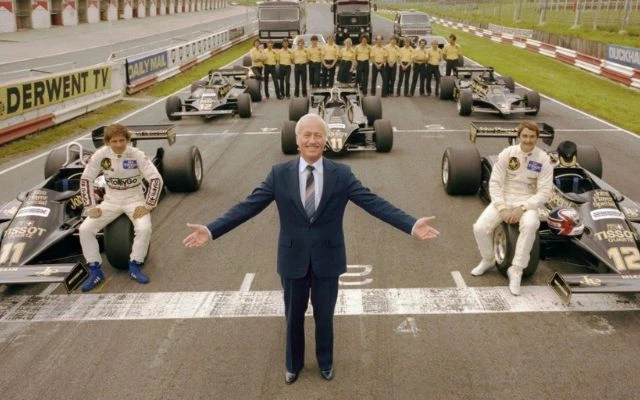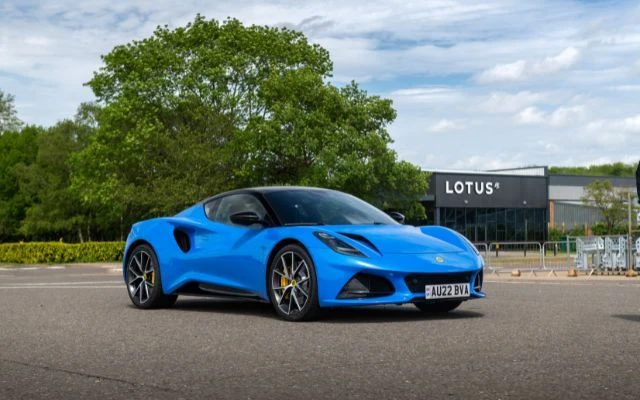
Famous for its agile lightweight sports cars and its racing machines, Lotus has now matured into the maker of fast and premium electric supercars, GTs and SUVs. Its Evija, Emeya and Eletre models have redefined Lotus. The Emira, on the other hand, proves that Lotus still profoundly understands how to make light, fast and agile petrol-powered sports cars.
There are clear Lotus genes in the new more premium cars too, including the taut shrink-wrapped design – muscular and defined – and their lightness, at least compared with rivals. They’re all driver focused, too.
Lotus was founded in 1948 by Colin Chapman, one of the all-time British automotive engineering greats. Its badge still contains his initials – ACBC, for Anthony Colin Bruce Chapman. The first Lotus was a tuned Austin Seven. The Mark VI, his first production sports car, which used Ford running gear, came in 1952. It was followed by the legendary Lotus Seven. Light, minimalist and fast, it become the embodiment of Lotus. The rights to it were sold to Caterham, which still makes a car based on the Lotus – the Caterham Seven.
Famous sports cars such as the Elite, Elan and Europa all followed, building the Lotus legend. The spectacularly styled Esprit became one of the most popular James Bond cars.
Just as important was Lotus’ conspicuous success in motor racing, particularly Formula One. Legendary drivers such as Jim Clark, Graham Hill (father of Damon) and Emerson Fittipaldi all won world titles driving for Lotus. Chapman’s cars were invariably the most innovative on the grid.
After Chapman died in 1982, Lotus’ star waned – although some great sports cars followed, including the Elise of 1996. The company changed ownership several times, before Chinese maker Geely took control in 2017.
Huge investment has seen Lotus transformed, back into a globally respected maker of driver-focused high-performance cars.
Hendy currently represents Lotus in Eastleigh, Hampshire.

